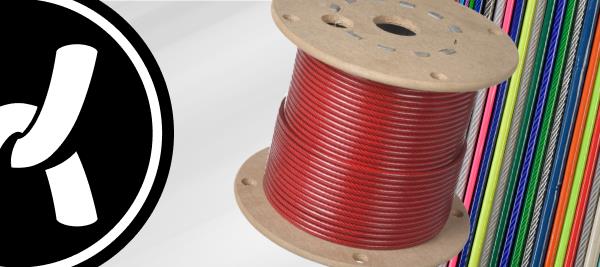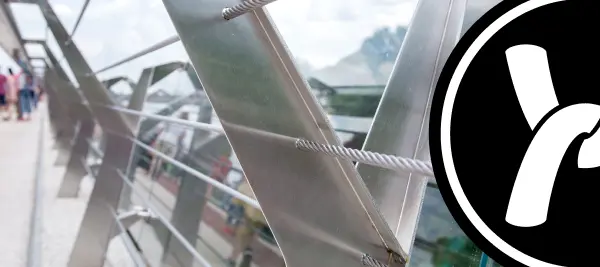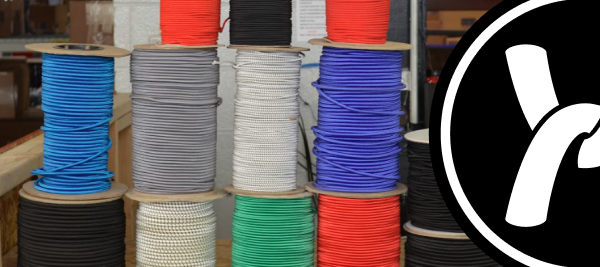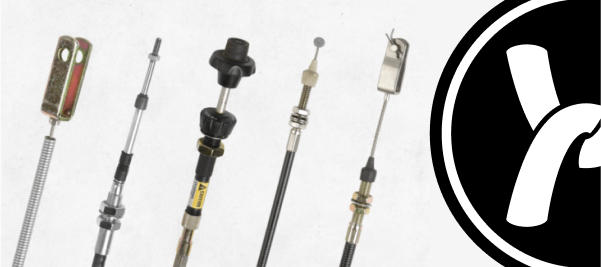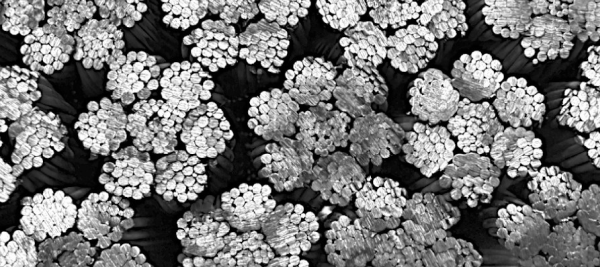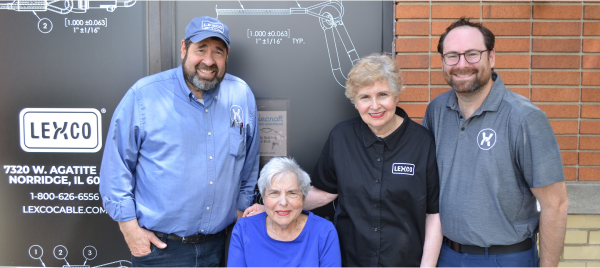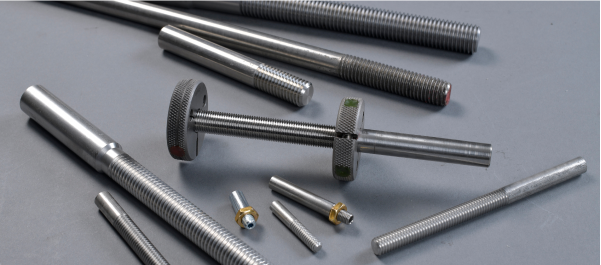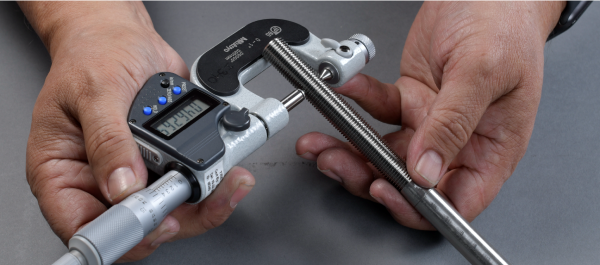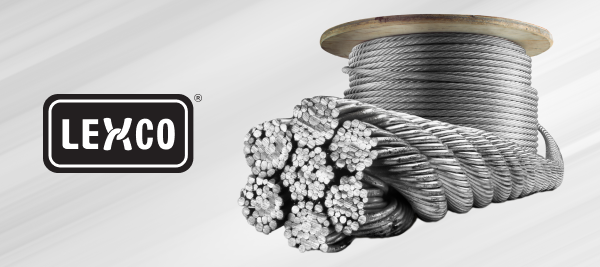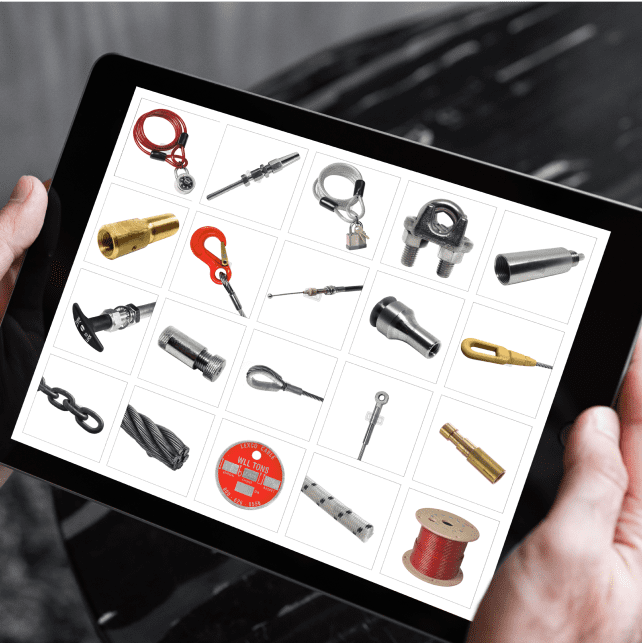- All
- Aerospace
- Agriculture
- Architectural Cable Railings
- Automotive
- Bungee Cords
- Coating/Finishing
- Engineering/Quality
- Extrusion Coating
- Eye Bolts
- Fitness
- Military
- Push-Pull Controls
- Swaging/Crimping
- Threaded Stud
- Turnbuckle Hardware
- Wire Rope
- Wire Rope Cutting/Cordage Cutting
- Wire Rope Hardware/Tools
- Wire Rope Supplier
- Wire Rope Thimbles
Cable Railing Systems: Choosing the Right Components
Cable railing systems offer a sleek, modern alternative to traditional railings by using high-tension stainless steel cables for safety and style. They provide unobstructed views and are ideal for both residential and commercial applications. With options for straight, angled, and vertical runs, they adapt easily to various architectural needs. Choosing the right components—like frames, cables, and tensioners—is essential for durability, strength, and aesthetics.
How Bungee Cords Work: Understanding Their Strength, Elasticity, and Durability
Most people are familiar with bungee cords. They are a simple but useful tool that you probably have in your home or garage. They also have many applications in industrial, commercial, and even military environments. Bungee cord, also known as “shock cord,” is an incredibly versatile material. As a result, bungee cord manufacturing is more complex than most people expect.
Understanding Push-Pull Controls
Push-pull controls are a wide class of mechanical controls that utilize cables that can be pulled or pushed for precise control. There are a wide variety of push-pull cables for many different applications, including the automotive, aerospace, and heavy machinery industries. These cables are used for adjusting and maneuvering control systems and play a critical role despite their relatively simple function. They are reliable and precise analog controls that are preferred for those applications where fast, intuitive, exact controls are required.
Cutting Steel Cable and Wire Ropes Cleanly
Steel cable and wire rope are useful in both large and small-scale applications. On the small-scale side, wire ropes and steel cabling can be useful for applications in both commercial and consumer tasks, such as towing trailers, boatlift cable assemblies, and cable winches; they can even be found in cable exercise machines. If you plan to cut or modify wire rope and steel cable, it is important to understand how to do so properly.
Celebrating Half a Century at Lexco® Cable
As Lexco® Cable celebrates its 50th anniversary, the company reflects on a journey of innovation, resilience, and growth. From its humble beginnings as a hardware and bicycle shop on Chicago’s west side, Lexco Cable has evolved into a leader in the mechanical cable industry, renowned for its high-quality products and custom assembly capabilities. This milestone is a testament to Lexco Cable’s longevity, entrepreneurial spirit, and hard work that have driven the company for five decades. Throughout these years, Lexco Cable has maintained its commitment to customer satisfaction and trusted expertise, adapting to industry changes while upholding its core values. This blog invites you to look back on Lexco Cable’s past, highlight key milestones, and share its vision for the future.
Selecting the Right Custom Wire Rope Threaded Stud for Your Project
What is your cable diameter? What is your working load limit? What is your thread size and pitch? These are important questions to ask when selecting the right custom wire rope threaded stud, but it is more than a technical decision. Selecting the right custom wire rope threaded stud is a strategic decision that can significantly influence the outcome of your project. Essential for everything from structural integrity to aesthetics, choosing the right threaded stud becomes a cornerstone of project success. This article outlines the critical aspects of selecting wire rope threaded studs, underscoring the benefits of custom solutions for projects demanding precision and durability.
Understanding FAI, PPAP, and AS9102: A Guide for Modern Manufacturers
In the intricate world of manufacturing, the commitment to quality control is extremely important. Standards like FAI (First Article Inspection), PPAP (Production Part Approval Process), and AS9102 are important elements that assure this quality. They serve as the backbone for reliability and consistency in various manufacturing sectors, from automotive to aerospace. This guide provides a look into each of these standards, their importance, and how they influence the manufacturing landscape.
16 Ways Extrusion Coated Wire Ropes are Transforming Industries
The world of wire ropes is vibrant and diverse, especially when it comes to extrusion coated varieties. These ropes aren’t just about robustness and durability; they also bring a creative flair with their ability to be customized in a spectrum of colors. Let’s explore fifteen inventive ways these ropes are being utilized across different industries.
